The recent emphasis on immunity, metabolic health, and nutrient density has inspired the supplement industry to develop a new class of greens powders, a booming segment of plant-based “superfoods” to be added to a healthy diet. Every brand has their own way of approaching these green supplements, including various plant-based ingredients that we often call “greens” and “reds” due to their colors.
Algae and grasses: vegetables we don’t eat as often
In these superfood supplements, the “reds” inside are usually from fruits, while the “greens” are from vegetables. Today, we’re going to dig deeper, since these powders often contain different classes of vegetables that we don’t always discuss in our day-to-day dietary lives – algae and grasses!
As opposed to the leafy greens and cruciferous vegetables we love, we don’t generally eat too much algae or healthy grass, yet many of them are incredibly nutrient-dense. This makes them incredible candidates for supplementation. This is especially true since they generally aren’t palatable to the Westernized tongue, and supplement manufacturers can work around that shortcoming.
Spirulina, Chlorella, and Wheatgrass: the three keys to the greens kingdom
In this article, we discuss three key ingredients that we see in the majority of greens powder supplements:
-
Spirulina – a blue-green algae with incredible neuroprotective, metabolic-enhancing properties
-
Chlorella – a freshwater algae that is rich in essential vitamins and minerals
-
Wheatgrass – a young grass with immunological activity and protective against oxidative stress
Poor taste? Take it in Pak form
We look at these supplements through the lens of Universal Nutrition’s Animal Greens, which does not contain animal products despite the name, although we have a brilliant stacking idea for those who enjoy keeping it omnivorous. The reason Animal Greens has enjoyed so much success is because they have large doses of the above three ingredients, but have them in their “Pak” form, with multiple pills and tablets. This achieves the high-dosing we enjoy, but without the need to drink algae, something many of us don’t enjoy!
Our breakdown is below – including a major breakdown on the primary constituent chlorophyll – but first, check out our coupon-powered prices and sign up for our Universal Nutrition news alerts:
Universal Animal Greens – Deals and Price Drop Alerts
Get Price Alerts
No spam, no scams.
Disclosure: PricePlow relies on pricing from stores with which we have a business relationship. We work hard to keep pricing current, but you may find a better offer.
Posts are sponsored in part by the retailers and/or brands listed on this page.
This area is reserved for Team PricePlow's upcoming Ingredients video.
Subscribe to our channel and sign up for notifications so you catch it when it goes live!
Disclaimer: The athletic edge of sports nutrition greens supplements
Before jumping into the science, we’d like to disclaim that this site is generally specific to sports nutrition, targeting active athletes. Universal Nutrition’s “Animal” brand discussed above mainly caters to that demographic as well. This means we view everything through a performance-based lens first, but of course focus on metabolic health and body composition as well, given their critical importance in both athleticism and day-to-day healthy living.
“Green Blood”: Focusing first on chlorophyll
Before analyzing each individual ingredient, it’s important to note that they all share one primary, beneficial component: chlorophyll. Chlorophyll has been referred to as “living food” and some have even called it “green blood”![1] This green pigment is what gives plants their color. As we discuss below, its consumption is incredibly beneficial, but it’s also quite unpalatable (hence the reason why Animal Greens is not in powdered drink form).
Chlorophylls are actually a class of pigments that play a critical role in photosynthesis, the process of converting water, sunlight, and carbon dioxide into oxygen and glucose.[2,3] These molecules are essential for the survival of plants.
The Tetrapyrroles: 5-sided rings with alkalizing benefits
Chlorophylls are more classified as tetrapyrroles, since they consist of 5-sided rings with nitrogen configured around a central metal atom.[4] There are several types of these molecules, with heme and cobalamin (vitamin B12) in this structure. The difference is the metal inside — vitamin B12’s central metal atom is Cobalt (Co), heme’s is iron (Fe), whereas chlorophyll’s is magnesium (Mg).
These tetrapyrroles, including chlorophyll, activate phase two enzymes in the body,[5] which include a list of several critically important biological catalysts such as superoxide dismutase, catalase, and glutathione s-transferase. These are responsible for antioxidant production and activity, helping neutralize free radicals (which are acidic).[5] So with chlorophyll, we get a healthier environment, and that leads to additional benefits:
Unique health benefits of chlorophyll
A solid series of research since 1979 has shown that chlorophyll provides a multitude of benefits, especially in the wake of uncontrolled cell proliferation and its treatments:
- Researchers have seen wheat sprout extracts inhibit the metabolic activity of many carcinogens, and the researchers identified chlorophyll as the active constituent.[6]
- Chlorophyllin is one of the compound’s derivatives, and it has been shown to be protective to the mitochondrial in the wake of oxidative damage.[7] On top of oxidant protection, chlorophyllin has also been shown to protect cells against certain harmful electrophiles,[8] which are implicated in degenerative disease but don’t get much attention.[9]
- Chlorophyll has even been shown to protect mitochondrial membranes against harmful gamma radiation,[10] which is important in disease treatment.
Chlorophyll is structurally similar to hemoglobin (the biggest difference is the magnesium in the former versus the iron in the latter), and researchers believe explains why it has many protective benefits in the bloodstream, despite all mechanisms not understood.[1]
As we move a step higher into the next three major ingredients in Animal Greens, remember that each one is largely driven by chlorophyll, on top of the benefits from their various other components.
Spirulina
Spirulina is a fascinating microalgae with a blue-green color and a rich antioxidant profile.[11,12] It thrives in salty, alkaline waters where other organisms have an extremely poor chance of survival.[13,14] This enables it to capture much of the nutrient and mineral content, given low biological competition in these areas. It survives exclusively on photosynthesis, making its chlorophyll content of prime importance.
Constituents: macro and micro nutrients
Depending on its locale, spirulina is roughly 60–77% protein, 9–15% fat/lipids, and 10–19% carbohydrates (on a dry basis).[15] The proteins are very high quality, too, with both high digestibility and biological value (83% and 75% respectively).[15]
However, spirulina doesn’t just have any type of protein – some of it is actually bound to a pigment named C-Phycocyanin, which has numerous anti-inflammatory and antioxidant properties.[16] The carbohydrates and fats are unique too, with two unique components being an active immune system boosting carbohydrate named immulina,[17] and a fatty acid named gamma linoleic acid.[18]
The primary vitamin found with spirulina is vitamin B12,[19] but there’s also carotenoids like zeaxanthin, high-bioavailability beta-carotene, and of course chlorophyll inside.[20] Vitamin A status has also been shown to be improved when eating spirulina.[21,22]
In terms of minerals, we get magnesium, iron, zinc, calcium, manganese, and copper from the algae.[23]
Human research: antioxidant, lipid, and performance improvements
Given the abundance of nutrition inside, research has shown some great benefits in humans:
-
Spirulina consistently improves lipid profiles, including increasing HDL cholesterol.[25-30]
We find HDL improvement to be fascinating because a select few plant-based supplements can increase HDL and lower triglycerides, signifying improved insulin sensitivity. However, most pharmaceutical drugs that attempt to do this unnaturally have failed in horrific fashion.
-
Spirulina has been shown to prevent lipid peroxidation.[24,31,32] This is unsurprising given the antioxidant mechanisms discussed above.
-
When it comes to performance, spirulina is underrated. In a couple of studies, supplementing the algae has been shown to increase endurance.[24,33] Further, another study noted an increase in power![34]
While spirulina is often taken and cherished by plant-based health aficionados, we believe that it’s vastly underrated in the sports nutrition world – but these green superfood supplements like Animal Greens have been changing that, where there’s one full gram inside.
Wheatgrass
Changing gears to wheatgrass, a young grass most common in the wheat plant Triticum aestivum that’s extremely popular in green superfood supplements.[1]
The most exhaustive review of wheatgrass supplementation was published in 2015 in Mini-Reviews in Medicinal Chemistry in a review titled “The Medical Use of Wheatgrass: Review of the Gap Between Basic and Clinical Applications“.[1] In this review, the researchers do their best to parse out purported and marketed benefits (which began in the 1930s) compared to actual research. The review covers the components, which include chlorophyll and chlorophyllin, both covered above. Then it gets into other benefits and constituents:
More than chlorophyll: what’s in wheatgrass
Wheatgrass has been shown to be high in the following vitamins, minerals, and phytonutrients:[1,22]
- Beta-carotene
- Vitamin E
- Vitamin C
- Vitamin B12
- Phosphorous
- Magnesium
- Calcium
- Iron
- Potassium
- Choline
- Apigenin
Wheatgrass has more flavonoids than grains and sprouts,[35] making it highly beneficial in supplements with limited space.
In vitro wheatgrass experiments
Several experiments have shown cell protective mechanisms from wheatgrass extracts and its derivatives such as fermented wheat germ extract (FWGE).[1] Much of the activity is immunological, helping the body to rid itself of proliferative cells through various mechanisms such as COX-2 inhibition. Combined with pharmaceutical drugs, it has had a great deal of success.
Animal studies with wheatgrass
In animals, we’ve seen similar effects as discussed above, with a great deal of immunological activity.[1] Researchers have also seen improvements in fighting bone disease and osteoporosis reduction.[36] Unsurprisingly, there have been improvements against oxidative stress, as well as numerous metabolic and lipid level improvements in rabbits and rats.[1,37,38]
Human clinical trials
There have been several human clinical trials with wheatgrass and fermented wheat germ extract, including adjunct treatment alongside chemotherapy,[1,39] decreased joint pain,[1,40] improved digestion,[1,41] metabolic enhancements,[1,42] and of course antioxidant profiles.[1,43]
With as much as we’ve seen on wheatgrass, it’s surprising that it’s not taken as seriously as it could be, at least not in the sports nutrition world.
Chlorella
As discussed in the intro, chlorella is a freshwater algae that has high quality iron and vitamin B12.[44] Because of this, it’s grown in popularity in vegan and vegetarian populations, since few plants can boast this and meat is ultimately the best source of these nutrients.
For a plant-based source, chlorella is decently high in leucine,[45] although we don’t count on using it as a leucine source. Many of chlorella’s benefits stem from it being a source of chlorophyll,[46] which is discussed above.
One study has shown both weight- and fat-loss with chlorella supplementation, but it should be taken with a grain of salt since it was not a placebo-controlled trial.[47]
Large doses of chlorella improve immunity biomarkers such as Immunoglobulin A,[48] which is important in fighting respiratory tract infections amongst other pathogenic attacks.
Another study showed decreased blood pressure, but note that it was confounded with GABA.[49]
The detoxification angle?
In vitro, chlorella has a very unique ability to absorb metals from its environment.[50-53] This has led to animal research where it’s been found to reduce mercury accumulation in the brain and blood of both the mother and its child.[54-56]
Overall, we consider chlorella to be the least-studied of the three ingredients highlighted today, but of high interest due to its ability to detoxify hazardous minerals, which could be unknowingly adversely affecting many peoples’ health.
Animal Greens: All three, all in pills, with far more
Universal Nutrition’s Animal Greens contains the above three ingredients, but far more, in true “Animal” form. These packs can be taken every day, providing a wonderful amount of benefits – you simply have more pills to swallow, which is in line with the brand’s ultimate pak-based multivitamin, Animal Pak.
On top of the greens discussed above, there’s also alfalfa, kale, and astragalus, and then additional reds, herbs, and phytonutrients such as red beet root, turmeric, green tea extract, maca, and far more. Prebiotic fiber and digestive enzymes are also added to improve digestion and absorption.
A most unique nutrient dense stack: add Uni-Liver
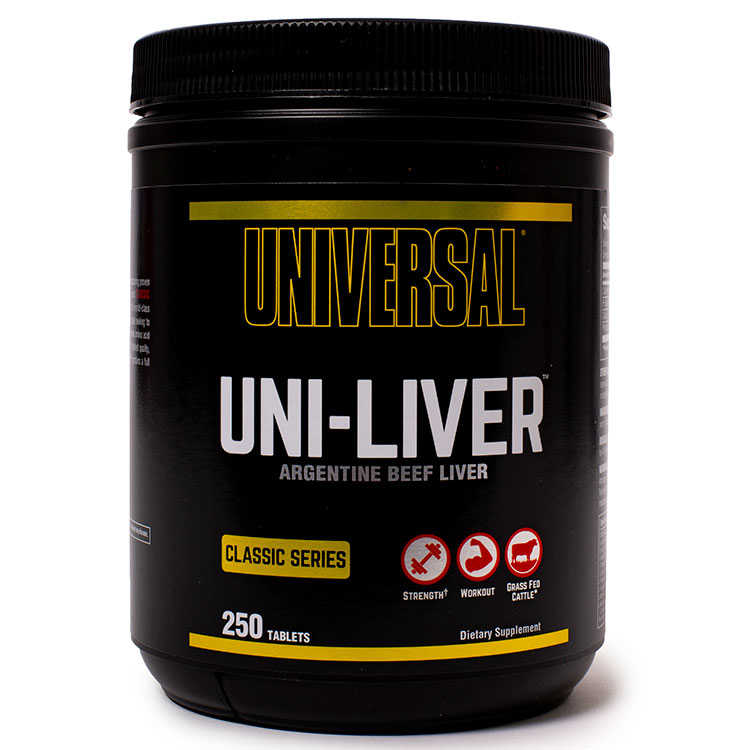
Stack it with Uni-Liver for the ultimate in nutrient density!
Our exclusively plant-based readers won’t agree with this, but there’s one other unique supplement that gets overlooked far too often: Uni-Liver. When it comes to nutrient density, nothing beats organ meats. Uni-Liver is made from desiccated Argentine beef liver, providing a massive amount of micronutrients, minerals, vitamins, and amino acids – many of which we do not get from standard muscle meat.
Our omnivorous supplement stack for those who don’t want to eat algae and organ meats is simple: combine Animal Greens with Uni-Liver and you have two of the most nutrient dense supplements, all without having to eat food you won’t find palatable.
Eating organ meats is making a comeback, and with great reason – they help us feel incredible. But long before their return, Uni-Liver was the go-to liver supplement, and still is to this day. If you’re not ready to fry up some liver and onions, but still want the nutrient density, add a few more tablets to your daily supplement stack and reap the auxiliary benefits of added organs – which, alongside eggs, were truly nature’s multivitamins before supplements took hold.
Animal Greens: Greens don’t have to be drank
The benefits of spirulina, wheatgrass, and chlorella get overlooked far too often in the sports nutrition communities. However, there are some things found in these plants that are just too difficult to get through a normal diet – especially if not eating a diverse menu of plants, animals, eggs, and yes, organ meats.
As always, we urge a complete, nutrient-dense diet along with exercise to maintain true metabolic health – which is the ultimate immune system booster. Sometimes, however, we need some additional benefits, and we’re not always eating small fish and the seaweed mother nature provides with them. Supplements like Animal Greens (and Uni-Liver) give us a way to do that – without drinking a glass of grass.
Universal Animal Greens – Deals and Price Drop Alerts
Get Price Alerts
No spam, no scams.
Disclosure: PricePlow relies on pricing from stores with which we have a business relationship. We work hard to keep pricing current, but you may find a better offer.
Posts are sponsored in part by the retailers and/or brands listed on this page.


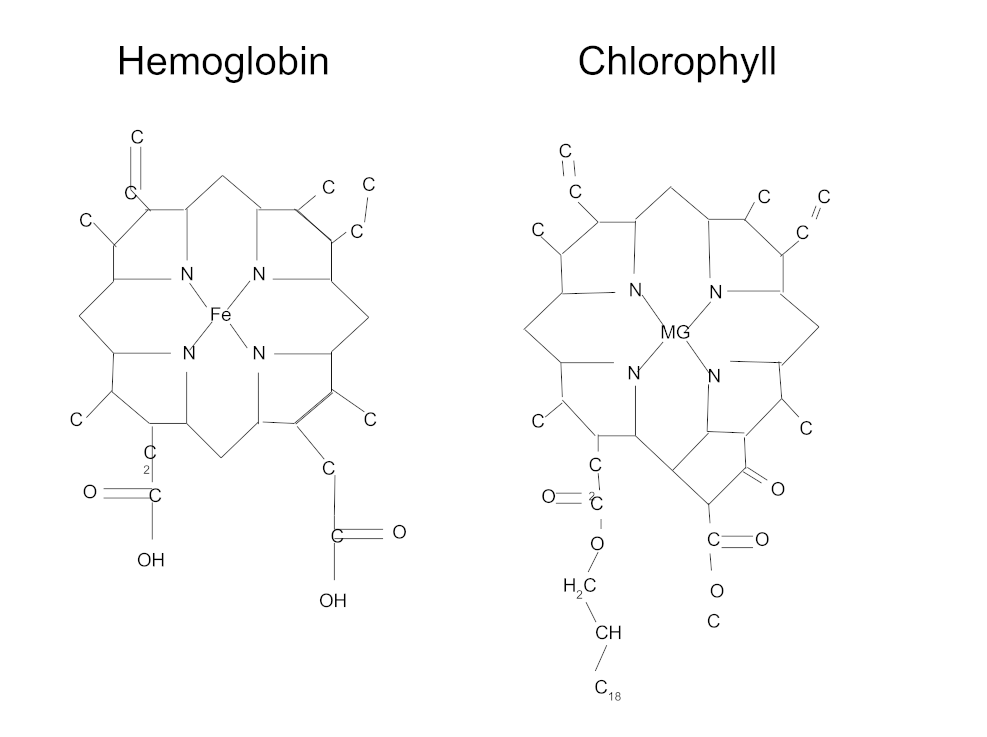
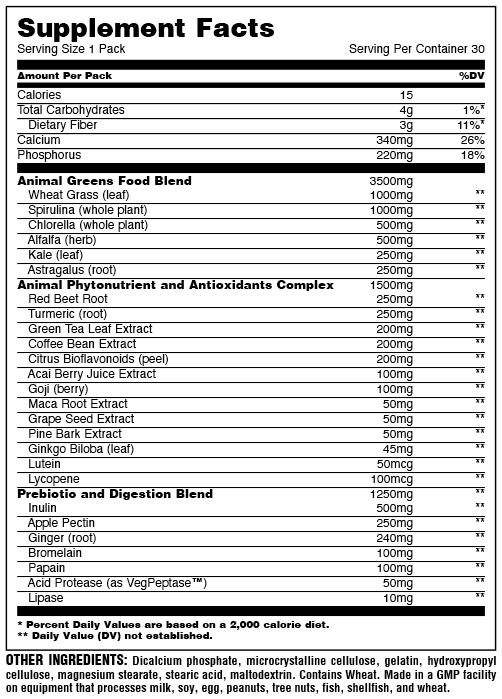
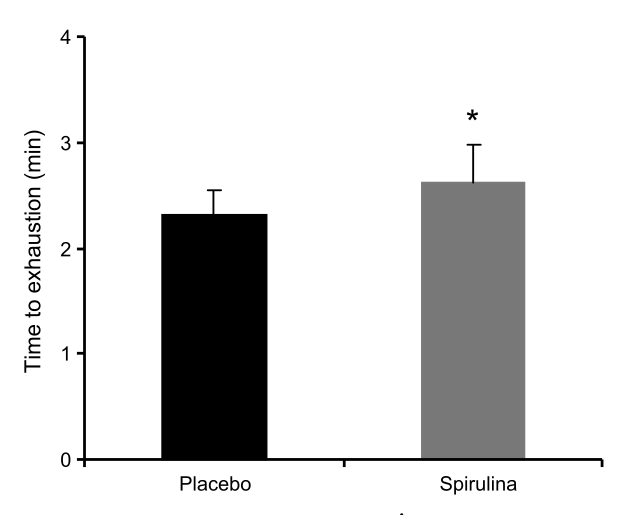
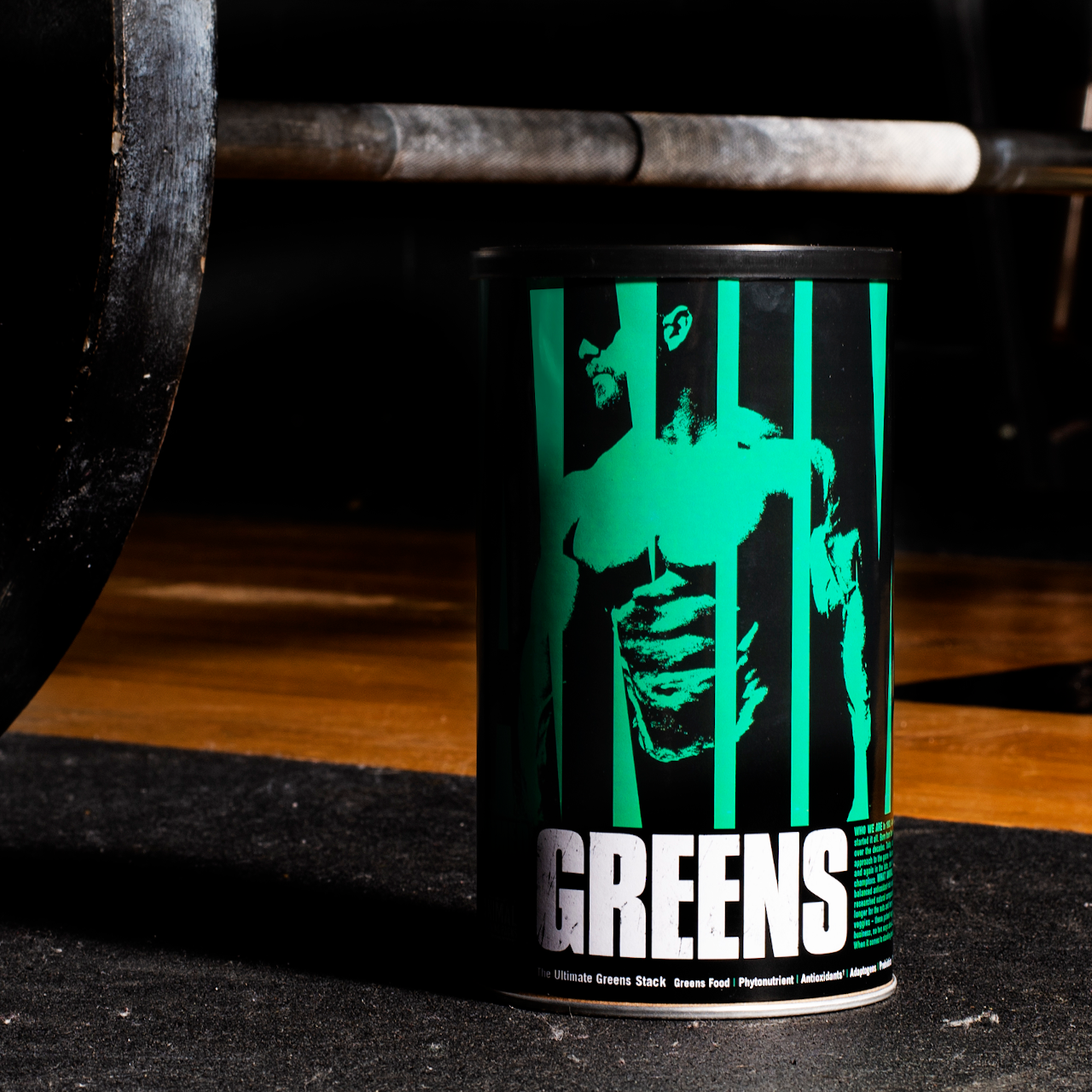
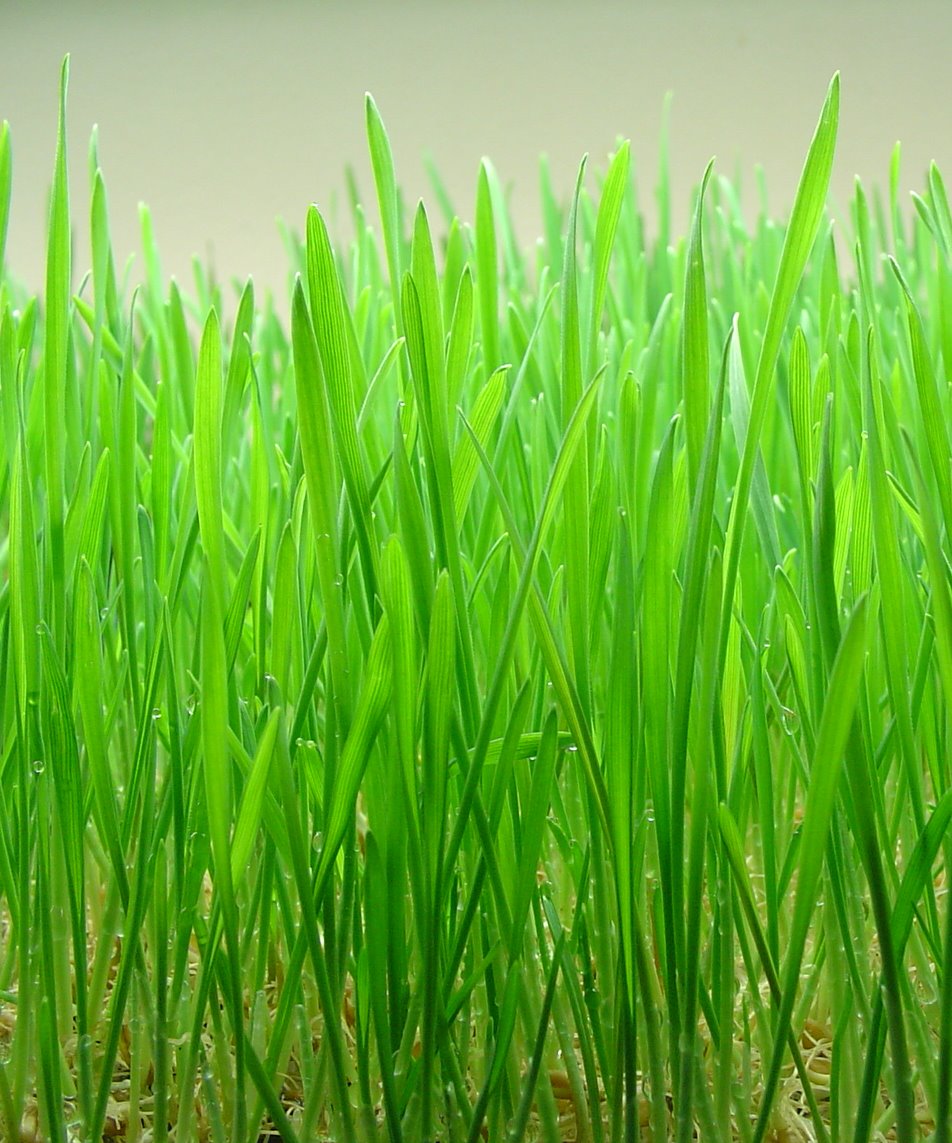
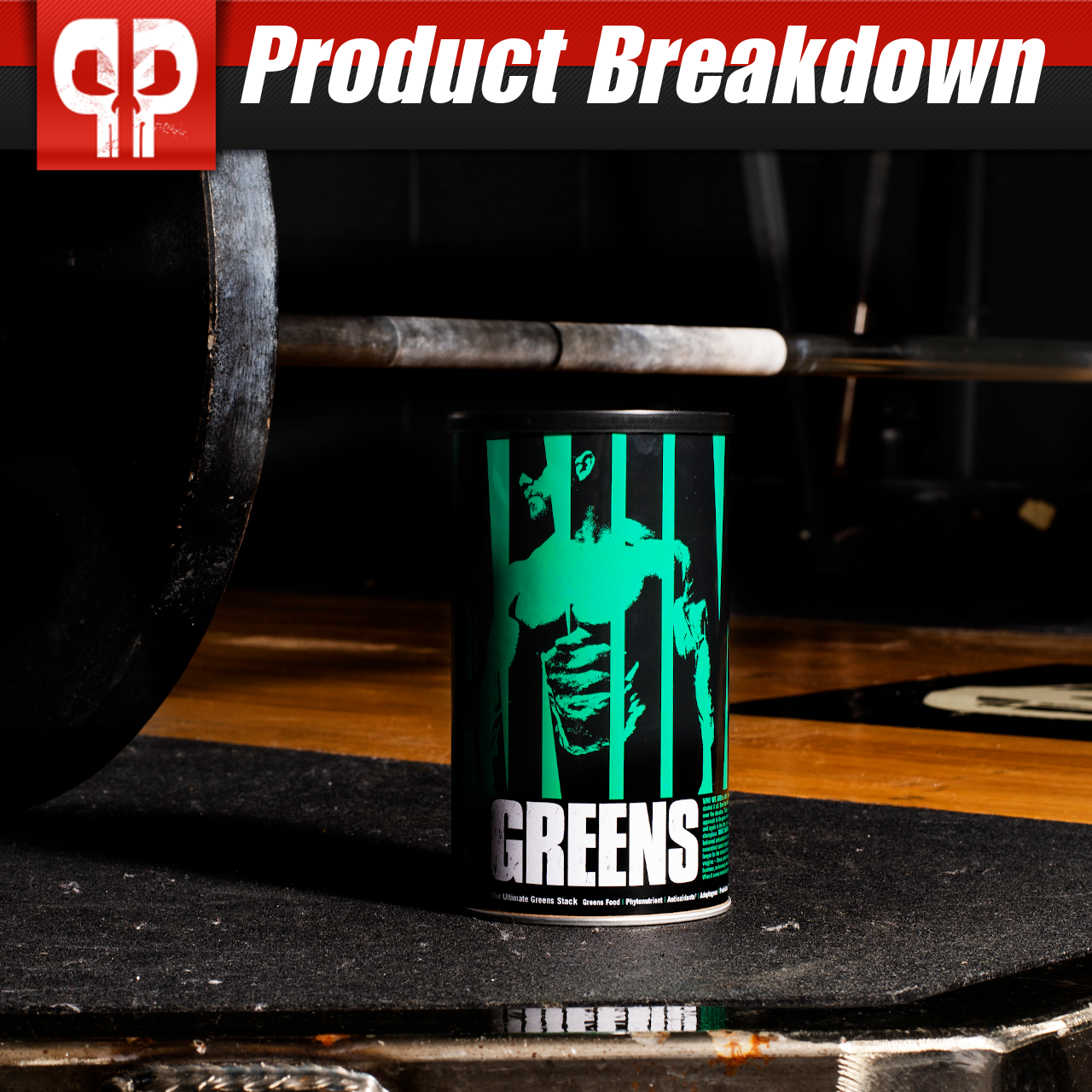



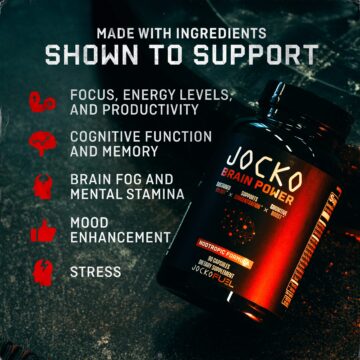
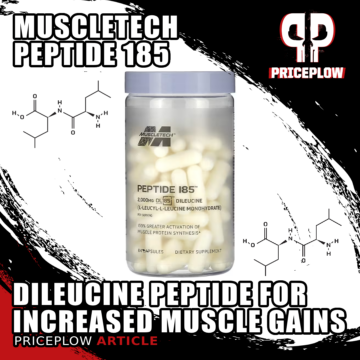
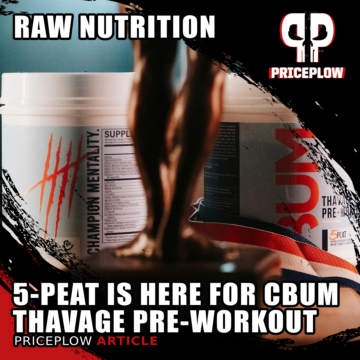
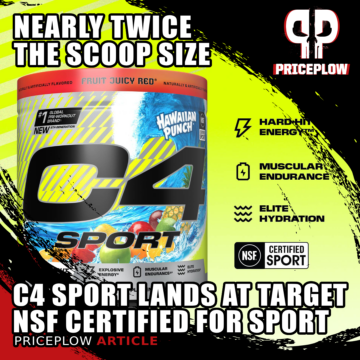

Comments and Discussion (Powered by the PricePlow Forum)